Description
- A Lupin hartwegii mix consists of seeds that produce annual lupine flowers in a variety of vibrant colors, including shades of pink, purple, blue, and white. Unlike perennial lupins, this annual variety completes its life cycle in a single season.
- Appearance: Lupinus hartwegii features tall, striking, pea-like flowers arranged in dense spikes. The mixes are available in different sizes, such as “Giant Tall” (up to 45 cm) and “Dwarf Pixie” (30–50 cm), which are suitable for both garden beds and pots. Winter blooms: In warmer climates, such as parts of India, they are planted in the winter for a late spring to early summer bloom.
- Soil – Use well-draining, slightly acidic to neutral soil. Poorly drained soil can cause root rot. Adding organic matter, like compost, can help improve moisture retention without making the soil waterlogged.
- Fertilizing – As legumes, lupins fix nitrogen in the soil and do not require heavy fertilization. A low-nitrogen, high-potassium fertilizer can be used sparingly to promote flowering.
- Water – Keep the soil consistently moist but not soggy, especially while the plants are young. Established plants are moderately drought-tolerant.
- Sunlight – For the best blooms, plant your lupins in a spot with full sun, where they can receive at least 6–8 hours of direct sunlight per day.
- Support – Taller varieties may benefit from staking, especially if planted in a windy location.

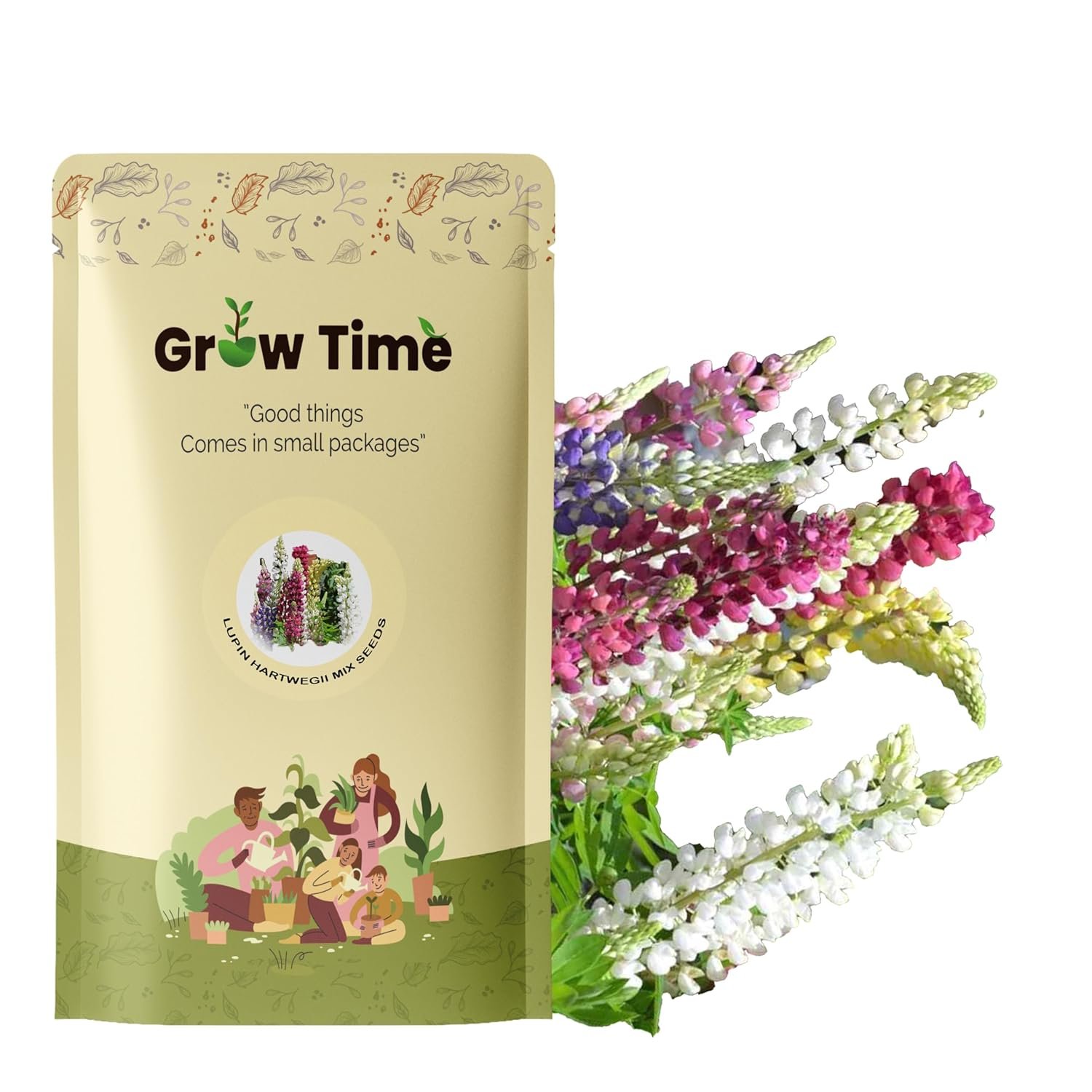
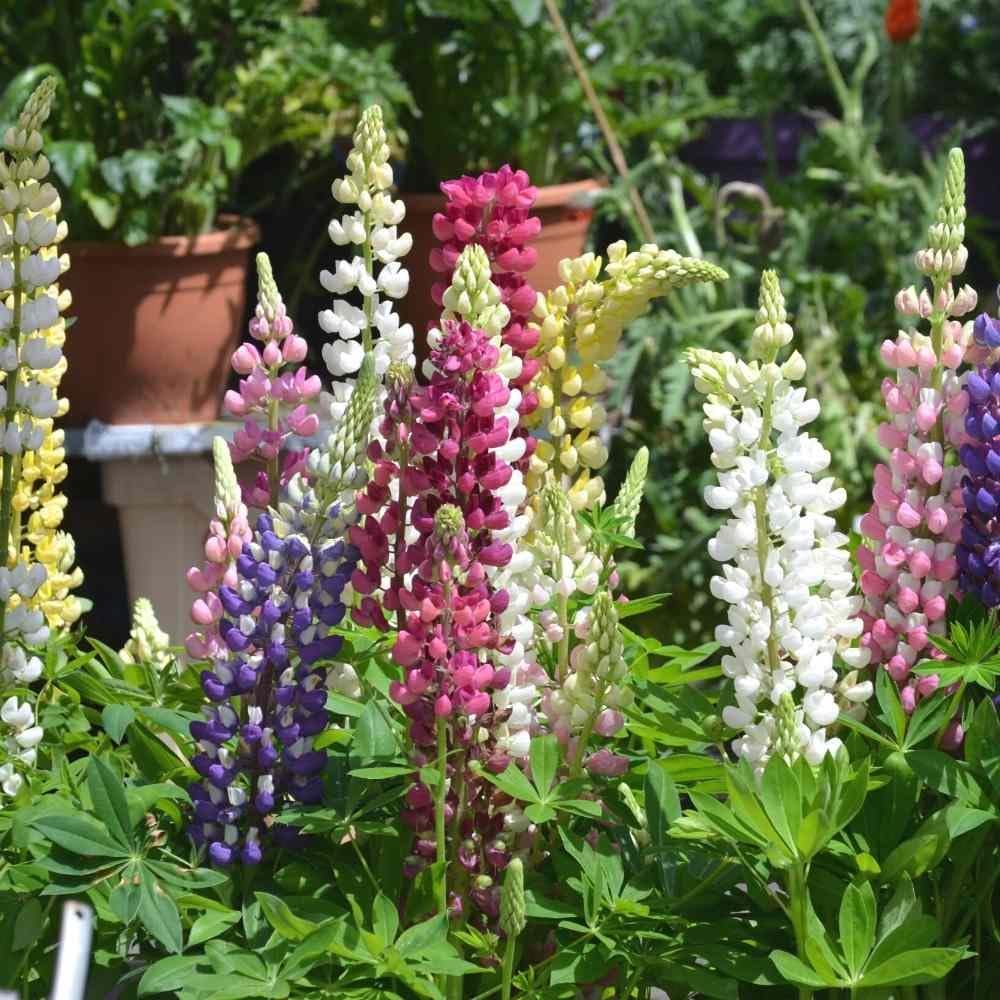
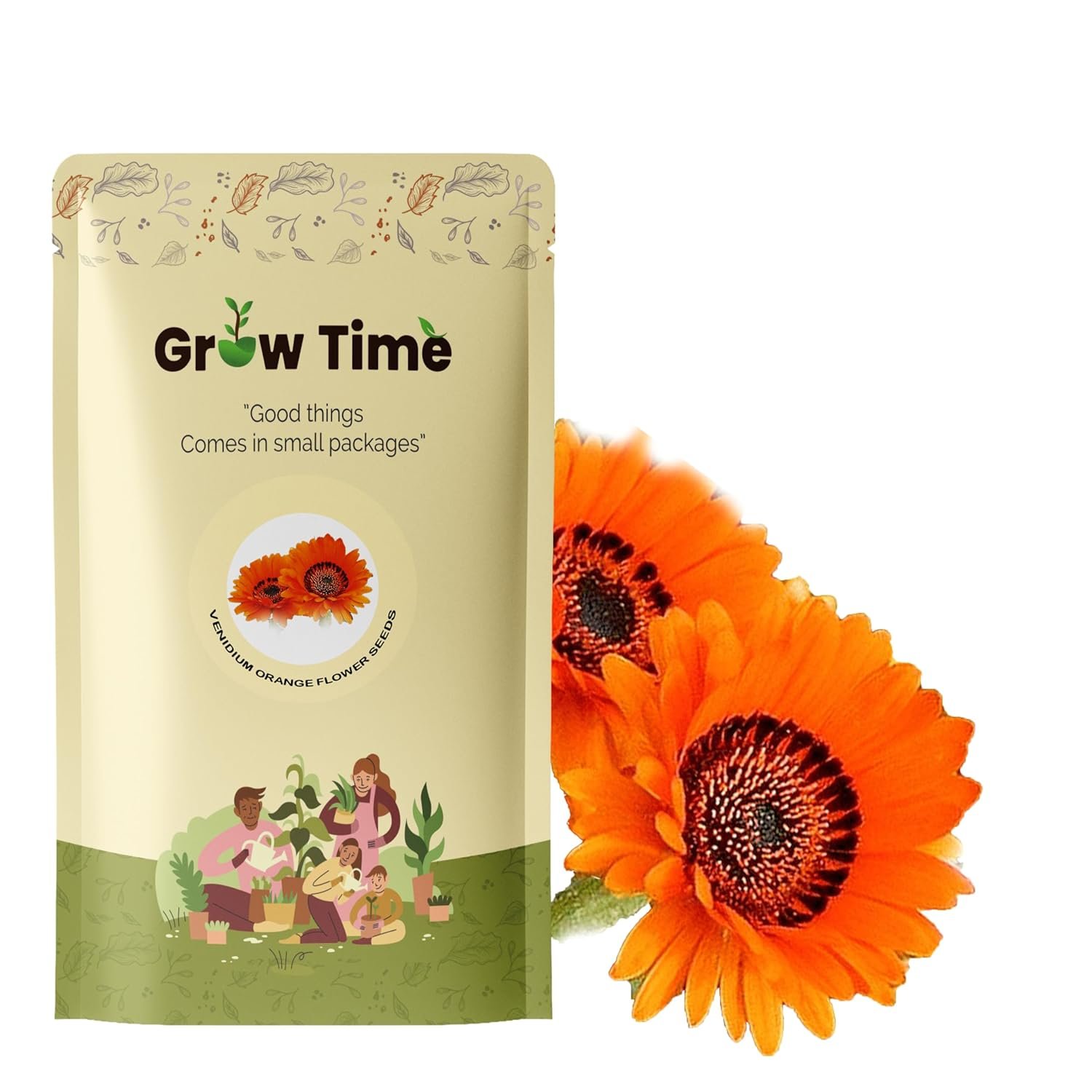


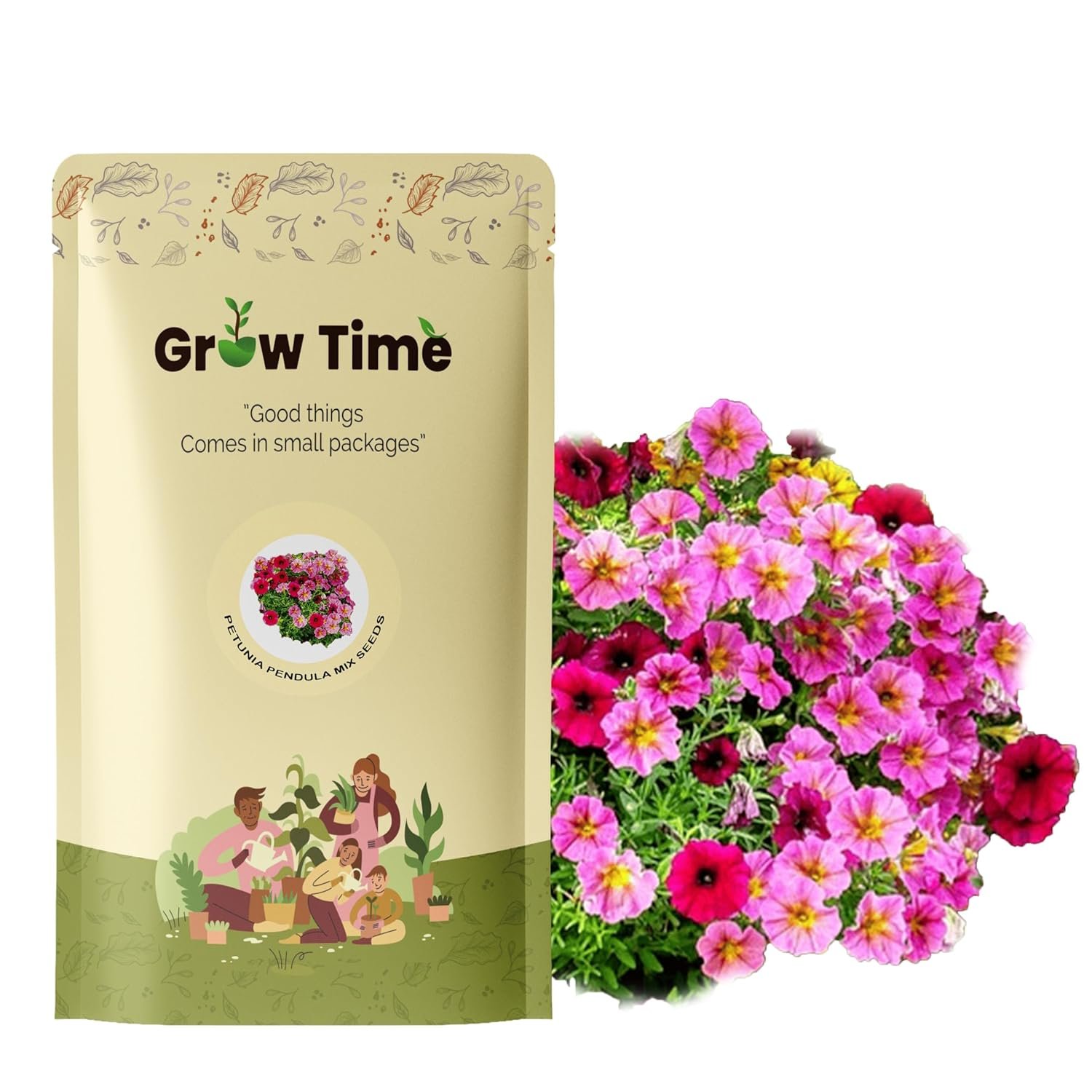
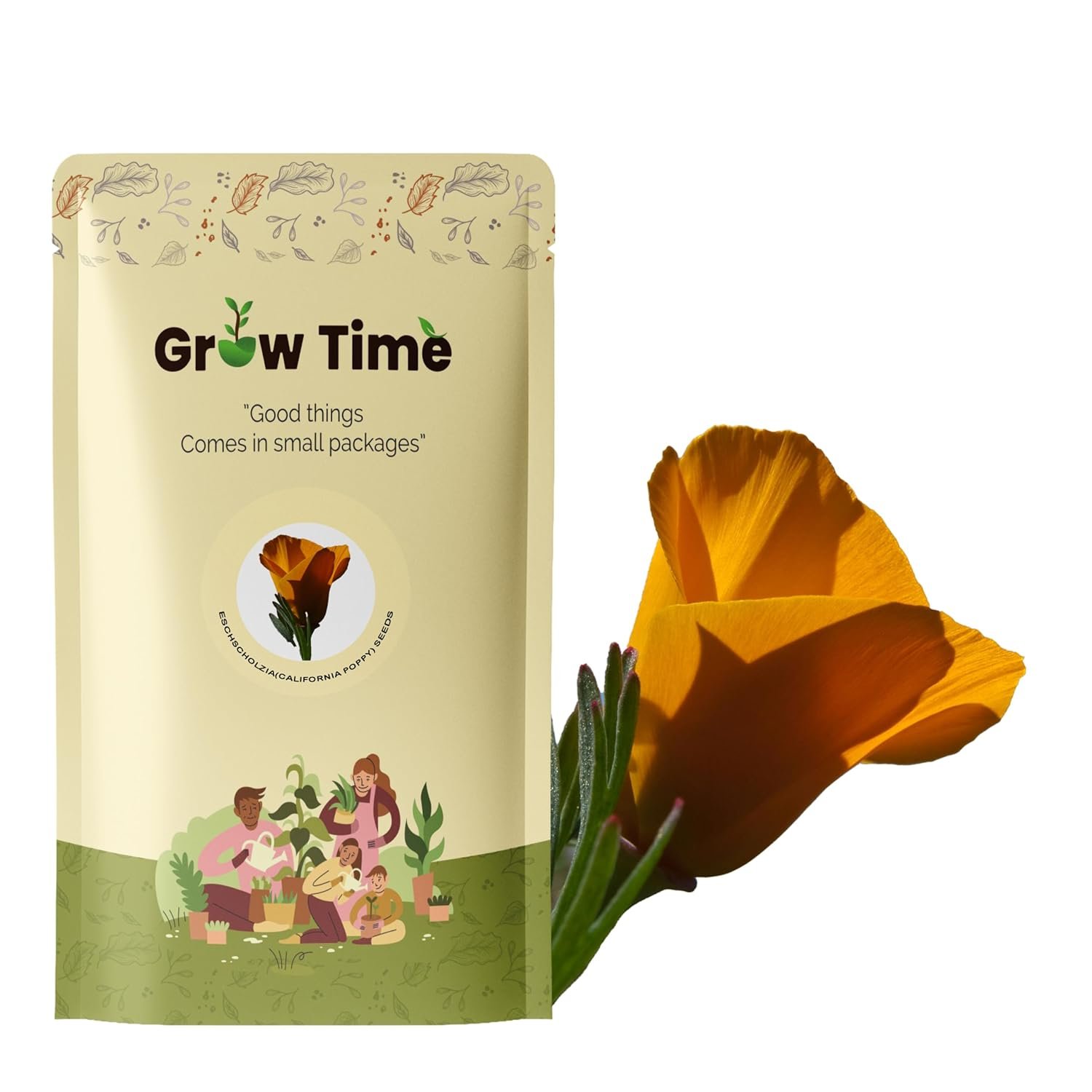
Reviews
There are no reviews yet.